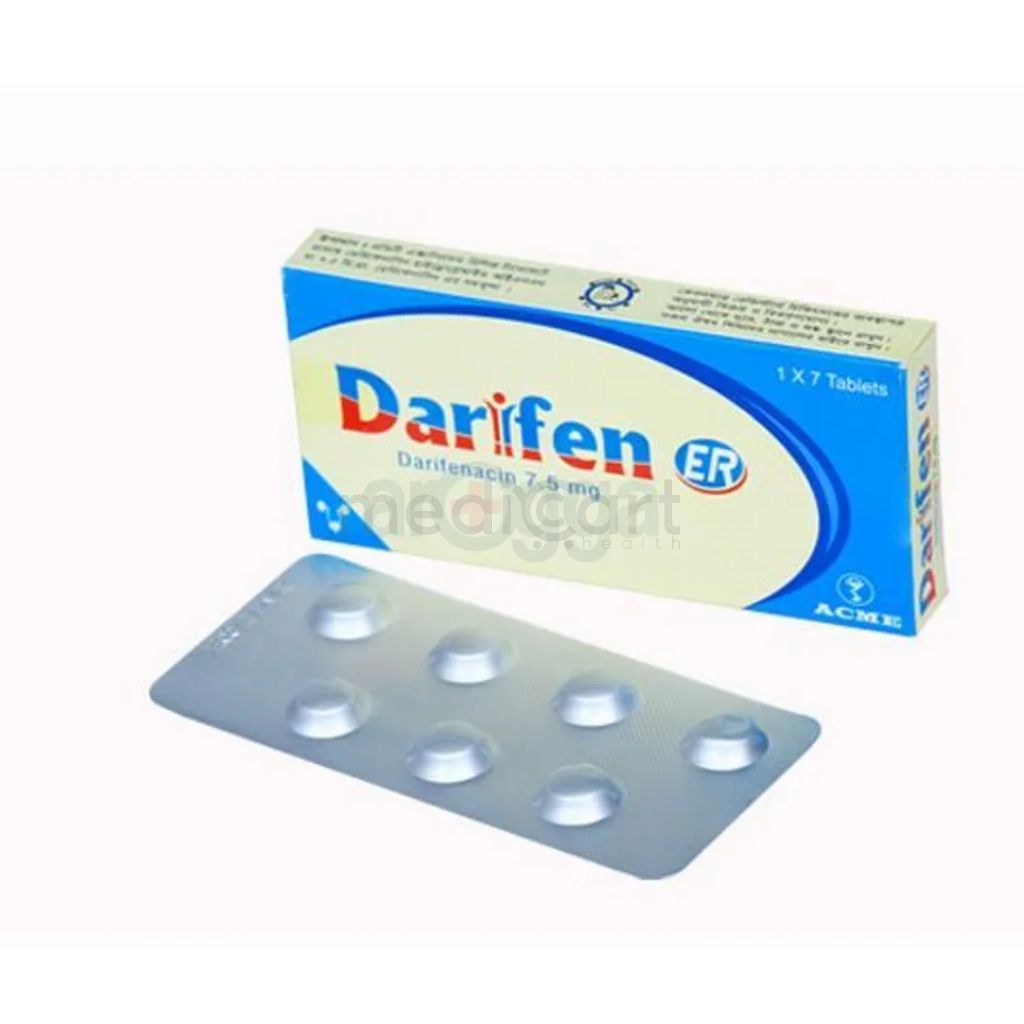

Sono 1mg
Tablet
Pack Size :
10 Tablet x 1 strip
Generics :
Eszopiclone
Manufacturer :
Acme Laboratories Ltd.
Best Price *
TK
20.10
* Delivery will be done in Dhaka city only.
More Information About - Sono 1mg
Description
Generic Name
EszopiclonePrecaution
Initiate treatment only after careful evaluation of patients; failure of insomnia to remit after 7-10 days of treatment may indicate presence of primary psychiatric and/or medical illness requiring evaluation. May be associated with abnormal thoughts and behaviour changes e.g. bizarre behavior, agitation, hallucinations, depersonalization, decreased inhibition. Complex sleep-related behaviours with no memory of the incident such as "sleep-driving", preparing and eating food, making phone calls, having sex while not fully awake have been reported. Caution in patients with history of drug or alcohol dependence and/or abuse. Worsening of depression, emergence of suicidality have been reported. Eszopiclone has rapid onset of action and must be taken immediately before bedtime or after experiencing difficulty sleeping. May impair ability to drive or operate machinery. Hypersensitivity reaction including angioedema involving the tongue, glottis or larynx, and symptoms suggestive of anaphylaxis have been reported. Abrupt discontinuance or rapid dose reduction may cause withdrawal symptoms. Caution in hepatic impairment; elderly/debilitated patients. Safety and efficacy have not been established in children <18 yr. Pregnancy and lactation. Lactation: excretion in milk unknown; use with cautionIndication
InsomniaContra Indication
HypersensitivityDose
N/ASide Effect
>10% Headache (13-21%),Unpleasant taste (17-34% in non-elderly) 1-10% Abnormal dreams (elderly),Accidental injury (elderly),Diarrhea,Dizziness,Dry mouth,Dyspepsia,Nervousness,Neuralgia,Pain,Pruritus,Rash (in non-elderly),Somnolence,Unpleasant taste (elderly),UTI <1% Agitation,Alopecia,Angioedema,Asthma,Anorexia,Cystitis,Dysphagia,Fever,Epistaxis,Hypertension,Hostility,Hypercholesterolemia,Hypokalemia Potentially Fatal: Anaphylaxis reactions, angioedema involving the tongue, glottis or larynx.Pregnancy Category
Name : Not Classified
Description
FDA has not yet classified the drug into a specified pregnancy category.Mode of Action
Eszopiclone is an S-enantiomer of zopiclone; a nonbenzodiazepine hypnotic of the cyclopyrrolone class. It is structurally unrelated to pyrazolopyrimidines, imidazopyridines, benzodiazepines, barbiturates, or other known drugs with similar hypnotic activity. The exact mechanism of action is unknown, its effect is associated with the interaction with gamma-aminobutyric acid (GABA)-receptor complex at binding domains found near to or allosterically coupled to benzodiazepine receptors.Interaction
Concurrent use of CYP3A4 inhibitors (e.g. ketoconazole, itraconazole, clarithromycin, nefazodone, troleandomycin, ritonavir, nelfinavir) may decrease metabolism and increase plasma concentrations of Eszopiclone; dosage reduction of Eszopiclone may be needed. Concurrent use with CYP3A4 inducers (e.g. rifampicin) may reduce concentrations of Eszopiclone. May enhance adverse CNS effects when used with alcohol, anticonvulsants, antihistamines, or other psychotropic drugs. Concurrent use with flumazenil may diminish the sedative effect of nonbenzodiazepine hypnotics.Pregnancy Category Note
Pregnancy Available pharmacovigilance data with use in pregnant women are insufficient to identify drug-associated risk of major birth defects, miscarriage, or adverse maternal or fetal outcomes Animal data In animal reproduction studies conducted in pregnant rats and rabbits throughout organogenesis, there was no evidence of teratogenicity; administration to rats throughout pregnancy and lactation resulted in offspring toxicities at all doses tested; lowest dose was approximately 200 times maximum recommended human dose (MRHD) of 3 mg/day based on mg/ m? body surface area Lactation There are no data on prescence in either human or animal milk, effects on breastfed infant, or on milk production; developmental and health benefits of breastfeeding should be considered along with mother?s clinical need for therapy and any potential adverse effects on breastfed infant from therapy or underlying maternal conditionAdult Dose
Oral Insomnia Adult: 1 mg immediately before bedtime, may increase to 2 or 3 mg if necessary. Max: 3 mg daily. Elderly: Max: 2 mg daily. Hepatic impairment: Severe: Max: 2 mg daily.Child Dose
Safety and efficacy not establishedRenal Dose
N/AAdministration
Should be taken on an empty stomach. Take immediately before going to bed. Avoid taking after a heavy meal.Disclaimer
The information provided herein are for informational purposes only and not intended to be a substitute for professional medical advice, diagnosis, or treatment. Please note that this information should not be treated as a replacement for physical medical consultation or advice. Great effort has been placed to provide accurate and comprehensive data. However, Medicart along with its authors and editors make no representations or warranties and specifically disclaim all liability for any medical information provided on the site. The absence of any information and/or warning to any drug shall not be considered and assumed as an implied assurance of the Company.






